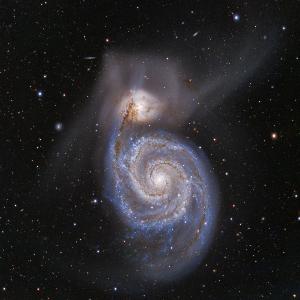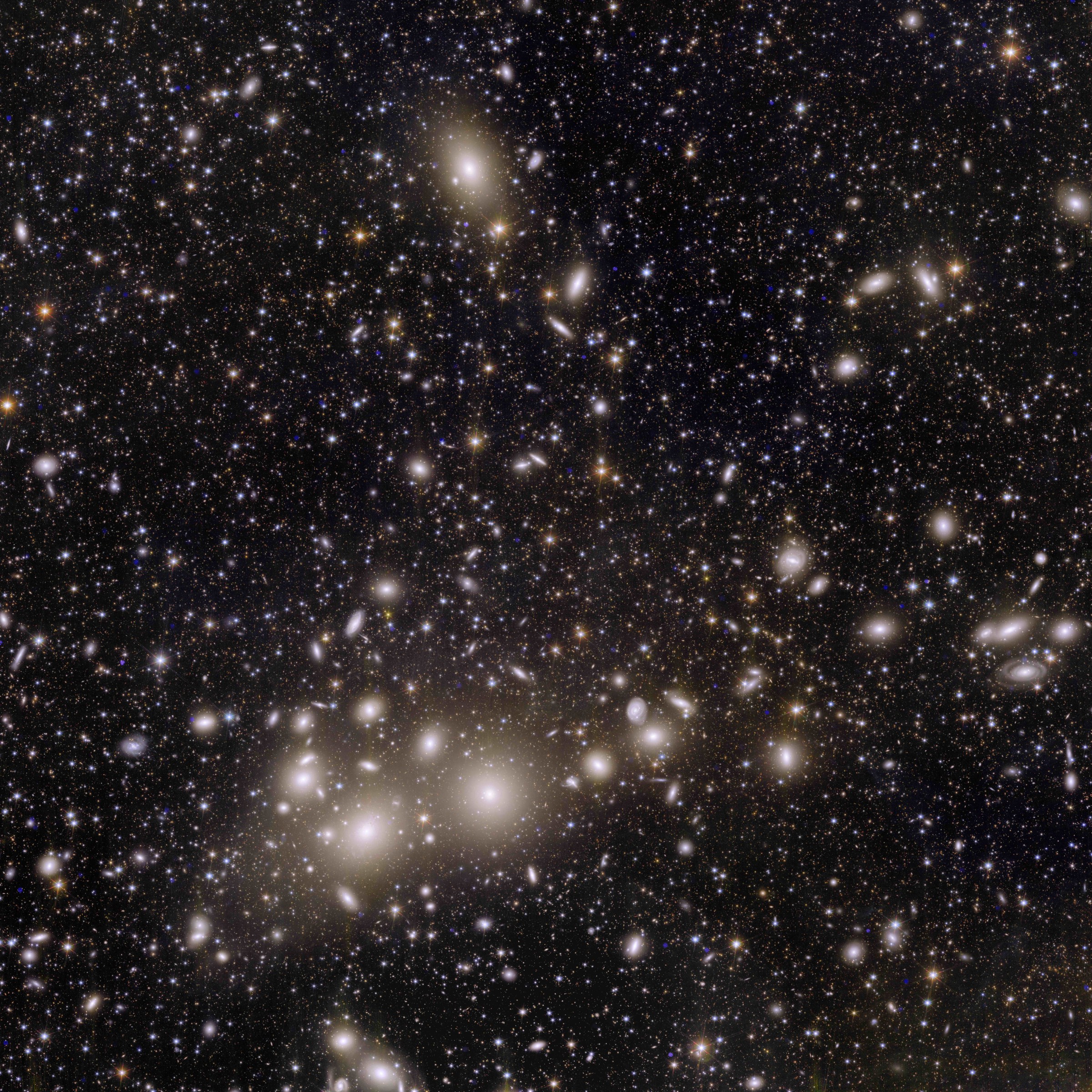USM's Extragalactic Astronomy Research Group, led by Prof. Ralf Bender and senior staff Dr. Ulrich Hopp, Dr. Stella Seitz, and Dr. Arno Riffeser, and the Optical and Interpretative Astronomy Group (OPINAS) at the Max Planck Institute for Extraterrestrial Physics (MPE) constitute a joint research group that investigates the structure and evolution of galaxies and their distribution in space and time. Their research e.g. includes studies of stellar dynamics and populations of galaxies or analyses of the nature of dark matter in and around galaxies and galaxy clusters via measurements of gravitational lensing. The large-scale distribution of galaxies and gravitational lensing also provide direct insight into the properties of dark energy. In the nearby universe, the group searches for extrasolar planets and explores their properties with transits and radial velocities. The Extragalactic Astronomy group group also operates LMU's Wendelstein Observatory, including the 2m Fraunhofer telescope.
More about OPINAS


